Home>Interior Design>What Is The Delicate Setting On A Tumble Dryer? When To Use It?
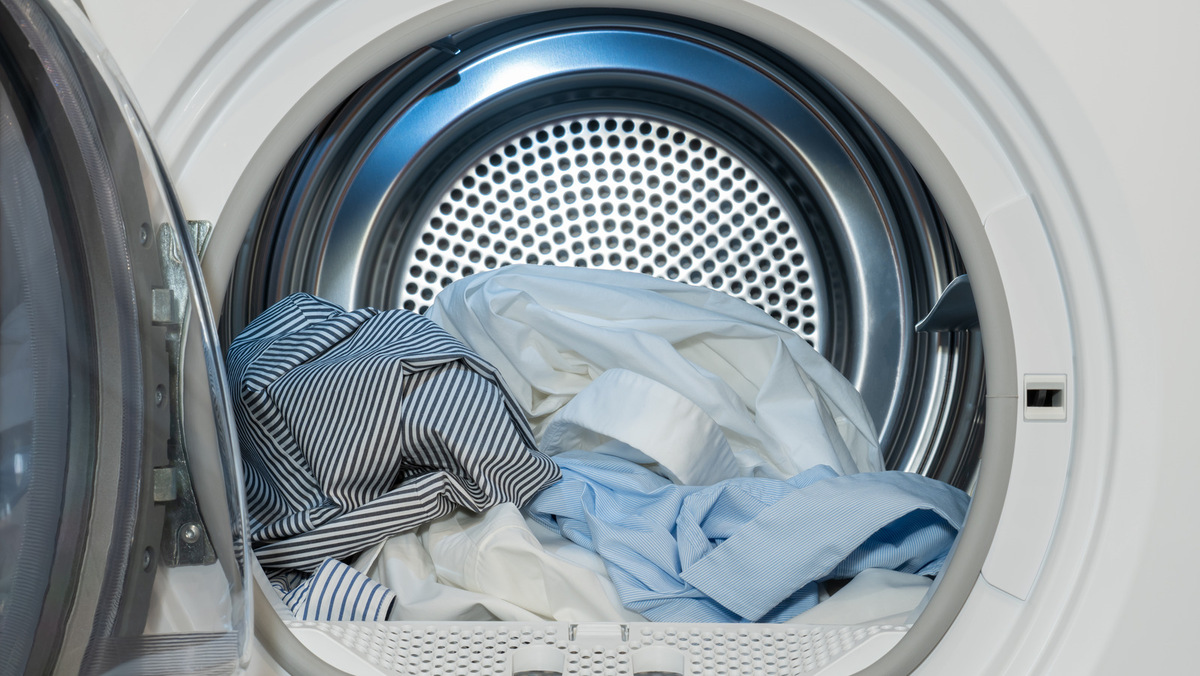

Interior Design
What Is The Delicate Setting On A Tumble Dryer? When To Use It?
Modified: October 20, 2024
Discover the delicate setting on a tumble dryer and learn when to use it for optimal results. Explore tips and tricks for achieving flawless interior design with this versatile feature.
(Many of the links in this article redirect to a specific reviewed product. Your purchase of these products through affiliate links helps to generate commission for Storables.com, at no extra cost. Learn more)
Introduction
Welcome to the world of tumble dryers, where convenience meets functionality. If you’re unfamiliar with the delicate setting on a tumble dryer, you’re in for a treat. The delicate setting is a specialized feature designed to handle more sensitive and delicate fabrics with care. Whether you’re a fan of luxurious silk garments or have a collection of delicate linens, this setting can help you maintain the quality and longevity of your favorite items.
In this article, we’ll explore the ins and outs of the delicate setting on a tumble dryer. We’ll delve into its purpose, benefits, and provide you with tips on when and how to use it effectively. So, let’s unravel the mystery behind the delicate setting and discover how it can revolutionize your laundry routine.
Key Takeaways:
- Embrace the delicate setting on your tumble dryer to preserve the quality and longevity of your favorite fabrics, from silk to lace, and minimize the risk of damage, shrinkage, and wear and tear.
- Don’t overlook the delicate setting’s versatility—it’s not just for clothing! Use it for delicate home accessories, lingerie, and more to ensure gentle, effective drying without compromising fabric quality.
Read also: 10 Incredible Tumble Dryer For 2025
Understanding Delicate Setting on a Tumble Dryer
The delicate setting on a tumble dryer is specifically designed to handle fabrics and garments that require extra care during the drying process. It utilizes a lower heat setting and a gentler tumbling action to reduce the risk of damage to delicate items. This setting is ideal for fabrics like silk, lace, chiffon, cashmere, and other garments that can easily shrink, fade, or become misshapen if subjected to the regular drying cycle.
When you choose the delicate setting, the dryer’s heating element operates at a lower temperature, ensuring that delicate fabrics are not exposed to excessive heat. Additionally, the drum rotates at a slower speed, minimizing the agitation and potential for tangling or tearing delicate fibers.
Most modern tumble dryers offer a range of settings, including the delicate setting, which allows you to tailor the drying process to suit the specific needs of your fabrics. Understanding this setting and its benefits will help you make the most out of your tumble dryer and keep your delicate items in top condition.
Benefits of Using Delicate Setting
Using the delicate setting on your tumble dryer offers several advantages and benefits for your delicate items:
- Prevents damage: The delicate setting’s lower heat and gentle tumbling action help prevent damage to delicate fabrics. By avoiding high heat and excessive agitation, the risk of shrinking, fading, and misshaping is significantly reduced.
- Preserves fabric quality: Delicate fabrics such as silk, lace, and cashmere require careful handling to maintain their softness, luster, and shape. The delicate setting ensures that these fabrics retain their quality and longevity.
- Reduces wear and tear: Regular drying cycles can be harsh on delicate garments, causing them to wear out faster. By using the delicate setting, you minimize the stress and friction on the fabric, which helps preserve the garment’s appearance and durability.
- Minimizes shrinkage: Delicate fabrics like wool, silk, and certain blends are prone to shrinking when exposed to high heat. The delicate setting’s lower temperature helps prevent shrinkage, keeping your garments in their original size and shape.
- Efficient for non-clothing items: The delicate setting not only benefits clothing items but also delicate non-clothing items such as lingerie, stuffed animals, and delicate home accessories like lace curtains or cushion covers. It provides a safe and effective drying method for these items without compromising their integrity.
By utilizing the delicate setting, you can ensure that your delicate items receive the care they need, resulting in longer lasting garments and less need for expensive replacements.
Types of Fabrics Suitable for Delicate Setting
The delicate setting on a tumble dryer is specifically designed to cater to a wide range of delicate fabrics. Here are some common types of fabrics that are suitable for the delicate setting:
- Silk: Silk is a delicate and luxurious fabric that requires gentle care. The delicate setting helps maintain the softness and shine of silk garments without risking damage.
- Lace: Delicate lace fabrics can easily snag or tear if subjected to rough drying. The delicate setting ensures that lace garments retain their intricate details and delicate structure.
- Chiffon: Chiffon is a delicate and lightweight fabric that requires careful handling. The delicate setting provides a gentle drying method to prevent stretching, tearing, or misshaping of chiffon garments.
- Cashmere: Cashmere is a delicate and luxurious wool that can easily lose its softness and shape if not cared for properly. The delicate setting helps preserve the delicate fibers of cashmere, ensuring that it retains its warmth and plush texture.
- Wool: Wool garments can shrink and become misshapen if exposed to high heat. The delicate setting with its lower temperature is ideal for drying wool items, protecting their integrity and allowing them to maintain their shape.
- Satin: Satin fabrics are prone to wrinkling and can be tricky to iron. The delicate setting helps reduce wrinkles and keeps satin garments smooth and shiny.
Remember, these are just a few examples of fabrics that benefit from the delicate setting. Always refer to the care label on your garments for specific drying instructions, as different fabrics and blends may have varying requirements.
By using the delicate setting for these fabrics, you can ensure that they receive the care they need to stay beautiful and in good condition for years to come.
The delicate setting on a tumble dryer uses lower heat and gentler tumbling to protect delicate fabrics like silk, lace, and lingerie. Use it for items that are labeled as “delicate” or “gentle cycle” on the care label.
When to Use the Delicate Setting
The delicate setting on a tumble dryer is ideal for a variety of situations. Here are some instances when you should consider using the delicate setting:
- Drying delicate fabrics: As the name suggests, the delicate setting is specifically designed for drying delicate fabrics such as silk, lace, chiffon, and cashmere. If you have garments made from these materials, opt for the delicate setting to ensure their longevity.
- Preserving intricate details: Delicate items with intricate details, such as lace trims or embroidery, should be dried on the delicate setting to prevent snagging or damaging the delicate stitching. This setting helps preserve the integrity of these details.
- Minimizing shrinkage: Fabrics that are prone to shrinkage, such as wool or certain blends, should always be dried on the delicate setting. The lower heat helps prevent them from shrinking and losing their shape.
- Protecting embellishments: Garments with delicate embellishments like sequins, beads, or rhinestones may require the delicate setting to avoid damaging or loosening these decorative elements during the drying process.
- Drying lingerie and undergarments: Delicate undergarments, such as bras, underwear, and lace lingerie, should be dried on the delicate setting to prevent damage to elastic bands, delicate lace, or delicate fabrics.
- Drying lightweight fabrics: Lightweight fabrics like sheer curtains or lightweight summer clothing are best dried on the delicate setting to prevent damage or distortion.
Remember to always consult the care label on your garments for specific drying instructions. If the care label suggests using the delicate setting or mentions drying at low heat, it’s a clear indication that the delicate setting is the right choice.
By utilizing the delicate setting in these situations, you can ensure that your fabrics are treated with the care and attention they deserve, prolonging their lifespan and retaining their original beauty.
Read more: When Was Silverware First Used
Precautions and Tips for Using Delicate Setting
While the delicate setting on a tumble dryer provides a gentle drying option for delicate fabrics, it’s essential to follow certain precautions and tips to ensure the best results and minimize the risk of damage. Here are some guidelines to keep in mind:
- Check the care label: Always refer to the care label on your garments for specific instructions on drying. The care label will indicate whether the delicate setting is recommended or if there are any special considerations to keep in mind.
- Sort your laundry: Separate delicate fabrics from heavier or coarser fabrics, as the rougher fabrics can damage the delicate ones during the drying process. It’s best to dedicate a separate load for your delicate items.
- Use a laundry bag: Place delicate items like lingerie or items with small components, such as bras or underwear, in a laundry bag before putting them in the dryer. This will provide an extra layer of protection against damage and tangling.
- Remove items promptly: Once the delicate cycle is complete, promptly remove the items from the dryer to prevent wrinkles from setting in. Smooth out any wrinkles by hand or use a steamer if necessary.
- Don’t overload the dryer: Avoid overloading the dryer with too many delicate items. Overcrowding can prevent proper airflow and lead to longer drying times or ineffective drying. Leave enough space for the items to move around freely in the drum.
- Avoid using high heat settings: Even when using the delicate setting, it’s best to avoid using high heat options. Stick to the lower heat options provided by the delicate setting to prevent any potential damage to the fabrics.
- Inspect the item before drying: Before placing delicate items in the dryer, thoroughly inspect them for any loose threads, buttons, or other potential hazards. Taking the time to mend or secure any loose parts will help avoid further damage during the drying process.
- Treat stains beforehand: If your delicate item has any stains, treat the stains before putting it in the dryer. This will help prevent the stains from setting and make them easier to remove later.
By following these precautions and tips, you can ensure that your delicate items receive the care they need during the drying process. It’s always better to err on the side of caution when it comes to preserving your delicate fabrics and garments.
Common Misconceptions about Delicate Setting
Despite the benefits and importance of using the delicate setting on a tumble dryer, there are some common misconceptions that need to be addressed. Let’s debunk these misconceptions to ensure you have accurate information:
- Delicate setting is only for clothing: While the delicate setting is commonly associated with drying delicate clothing items, it is also suitable for drying other delicate items such as lingerie, lace curtains, cushion covers, and stuffed animals. It provides a gentle drying method for a variety of delicate fabrics.
- Delicate setting takes too long to dry: The delicate setting on a tumble dryer may have a lower heat and slower tumbling action, but it is designed to offer a safe and effective drying process for delicate fabrics. While it may take slightly longer than the regular drying cycle, it ensures that your items are dried without the risk of damage.
- Delicate setting doesn’t dry effectively: Some people believe that the delicate setting may not effectively dry their items due to the lower heat and gentler process. However, when used correctly and for the appropriate fabrics, the delicate setting can effectively dry delicate items without compromising their quality.
- All delicate items require the delicate setting: Not all delicate items automatically require the delicate setting. It’s important to read and follow the care label instructions on each garment for specific drying recommendations. Some delicate items may require air drying or other special care methods instead of using the delicate setting.
- Delicate setting is only for expensive garments: While it’s true that expensive and delicate garments can benefit greatly from the delicate setting, it’s not limited to high-end items. Delicate fabrics come in all price ranges, and using the delicate setting can help preserve the quality and longevity of any delicate fabric, regardless of its cost.
Understanding these common misconceptions can help you make informed decisions when using the delicate setting. It’s important to consider the specific needs of your fabrics and follow the manufacturer’s instructions to ensure the best results.
Conclusion
The delicate setting on a tumble dryer is a valuable tool in caring for your delicate fabrics and garments. By understanding its purpose, benefits, and how to use it effectively, you can ensure that your delicate items maintain their quality, shape, and longevity for years to come.
Using the delicate setting helps prevent damage, preserves fabric quality, reduces wear and tear, minimizes shrinkage, and is efficient for a wide range of delicate items beyond clothing. It provides a gentle drying method that is essential for delicate fabrics such as silk, lace, chiffon, cashmere, and more.
When using the delicate setting, take necessary precautions such as checking the care label, sorting your laundry, and using laundry bags for extra protection. Avoid overloading the dryer and utilize low heat options provided by the delicate setting for optimal results. By following these guidelines, you can minimize the risk of damage and ensure that your delicate items receive the care they deserve.
It’s important to debunk common misconceptions surrounding the delicate setting, such as it being exclusively for clothing or ineffective at drying. The delicate setting is versatile and can be applied to various delicate items, and when used correctly, it can effectively dry your items without compromising their quality.
In conclusion, by utilizing the delicate setting on your tumble dryer, you can take the necessary steps to care for your delicate fabrics, prolong their lifespan, and retain their original beauty. So embrace the delicacy and treat your fabrics with the care they deserve, ensuring that they remain in pristine condition for years to come.
Frequently Asked Questions about What Is The Delicate Setting On A Tumble Dryer? When To Use It?
Was this page helpful?
At Storables.com, we guarantee accurate and reliable information. Our content, validated by Expert Board Contributors, is crafted following stringent Editorial Policies. We're committed to providing you with well-researched, expert-backed insights for all your informational needs.


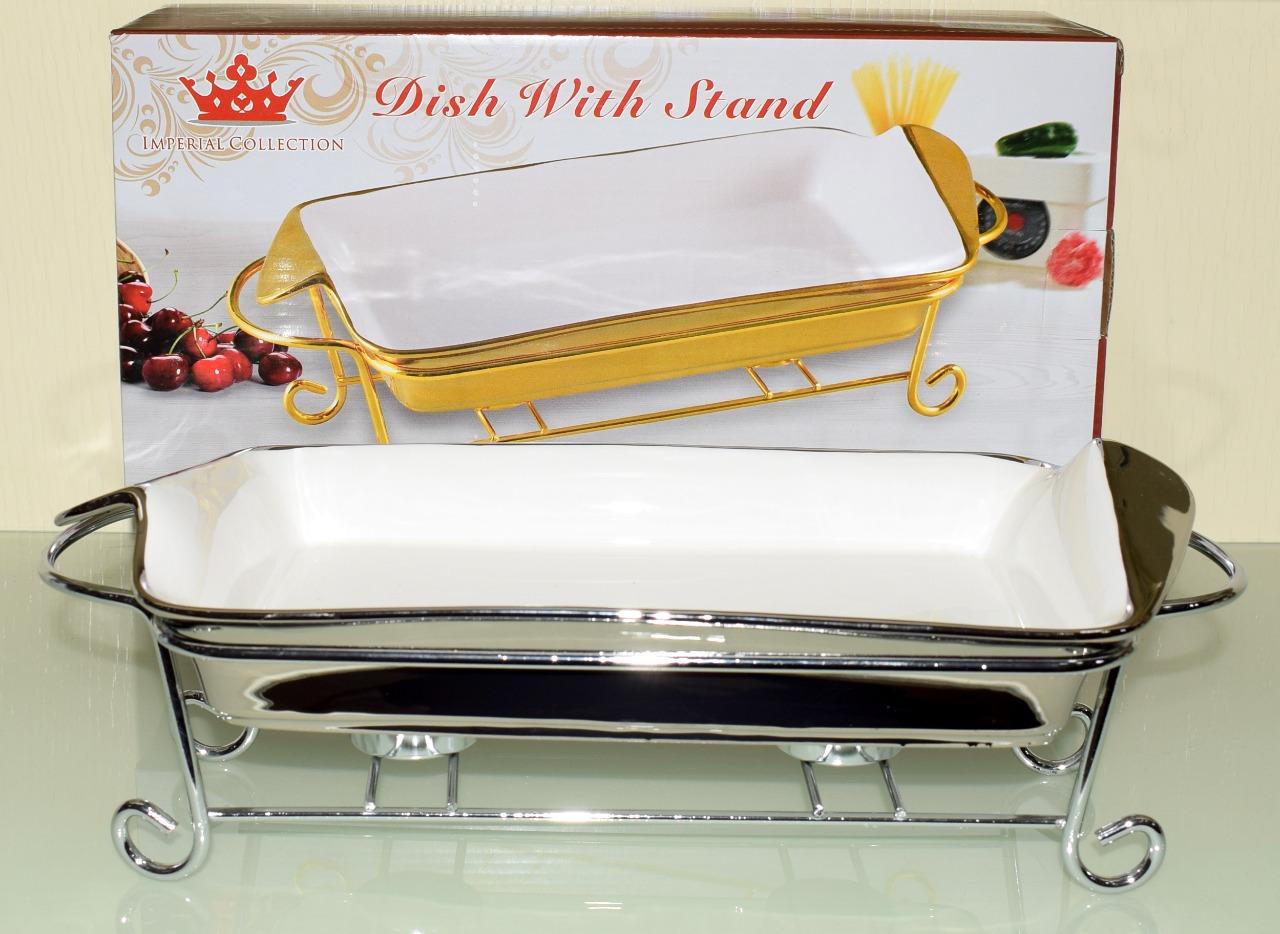


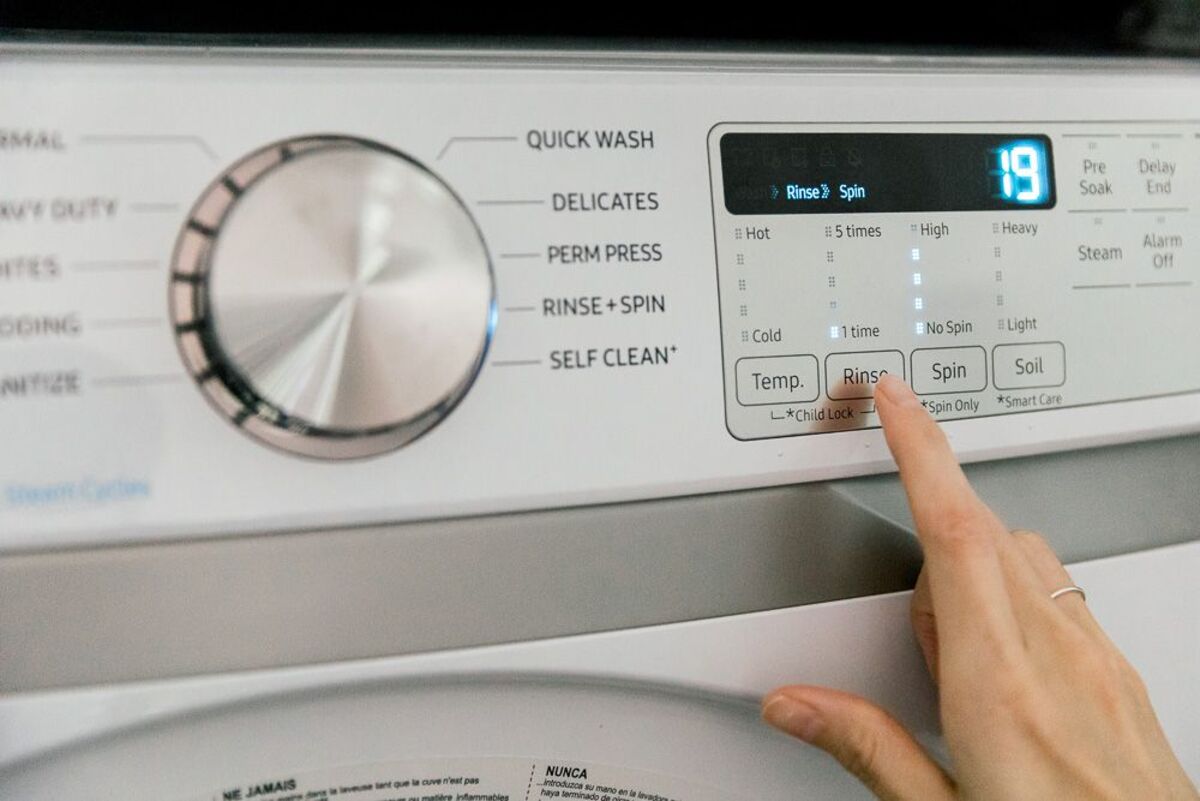
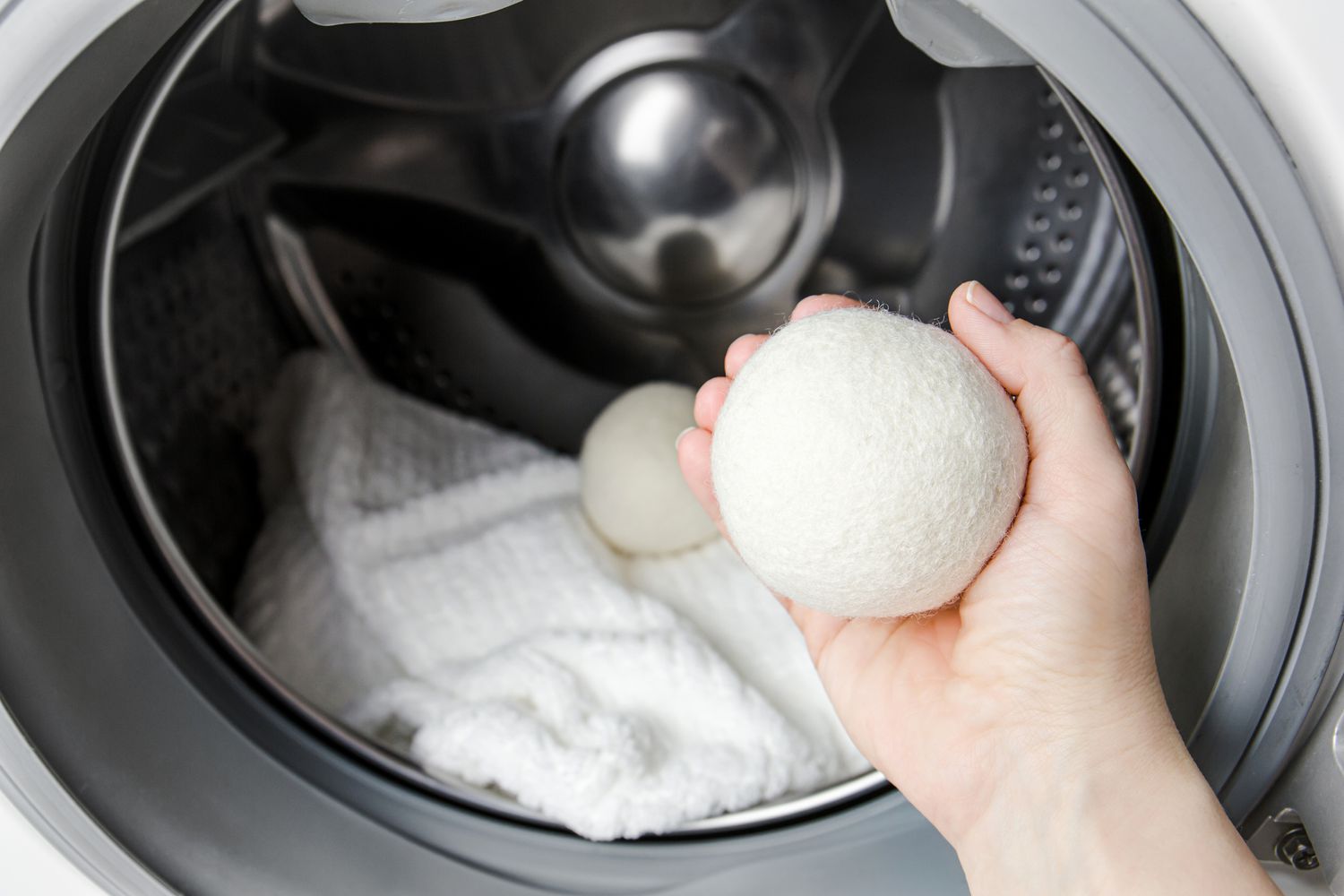
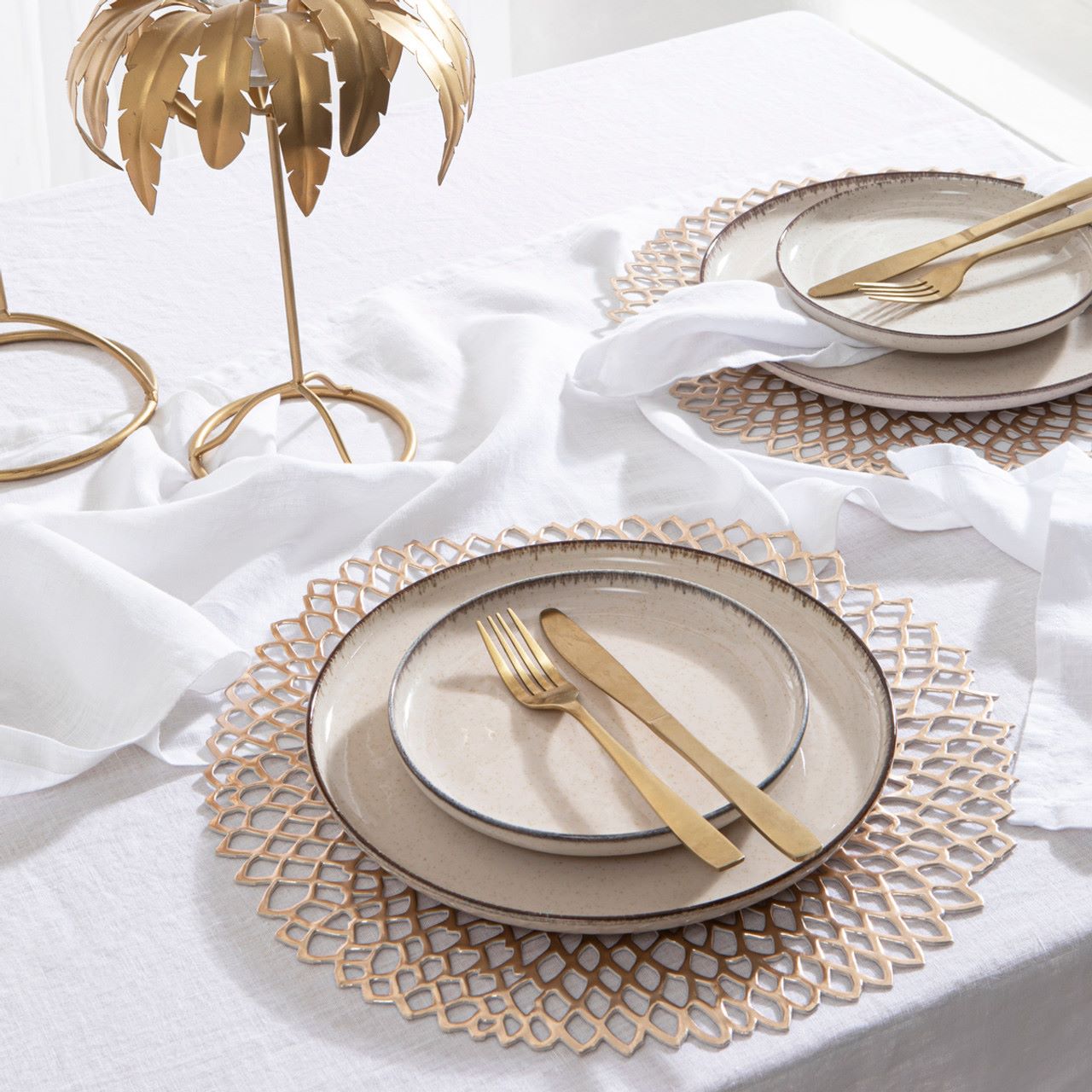


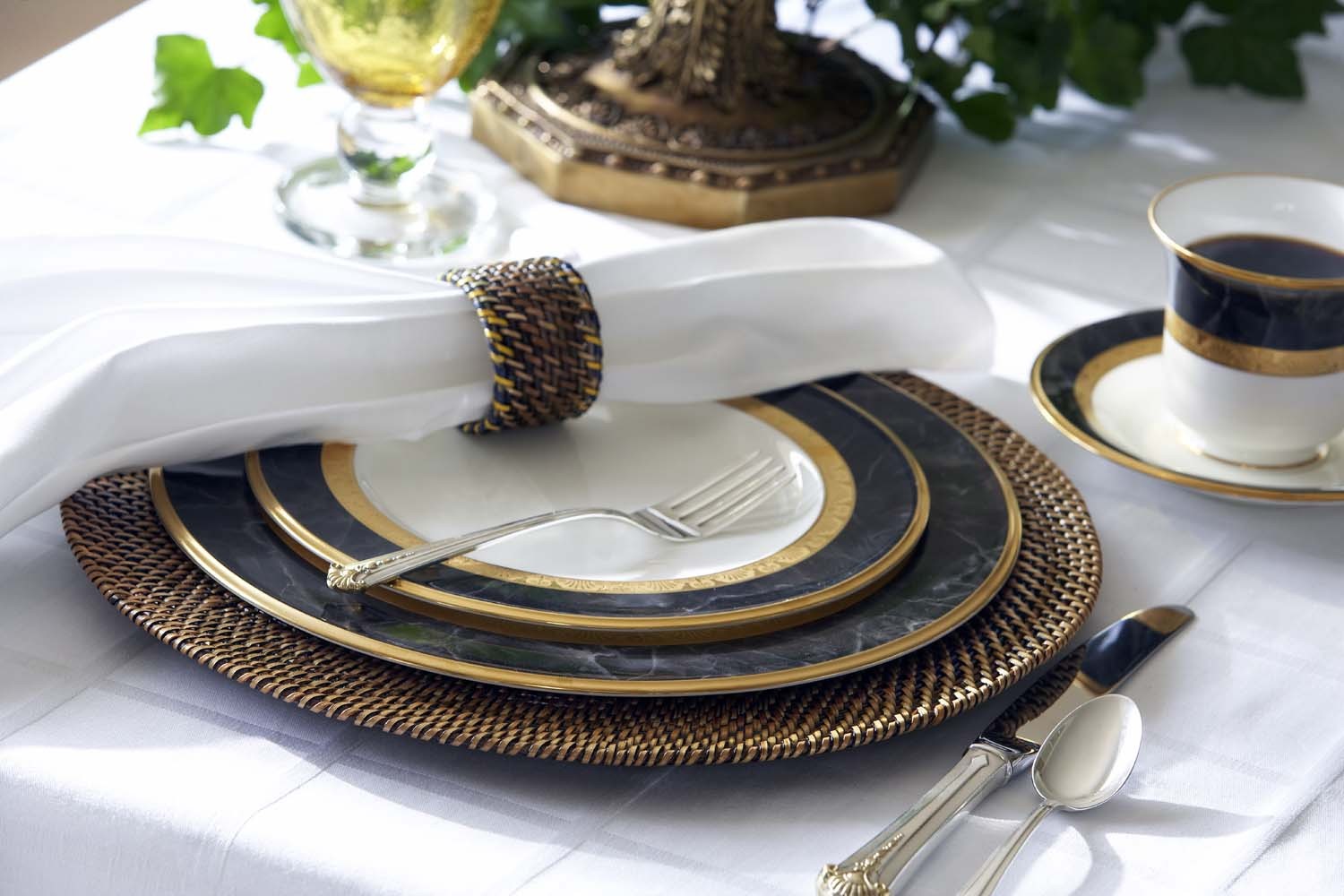
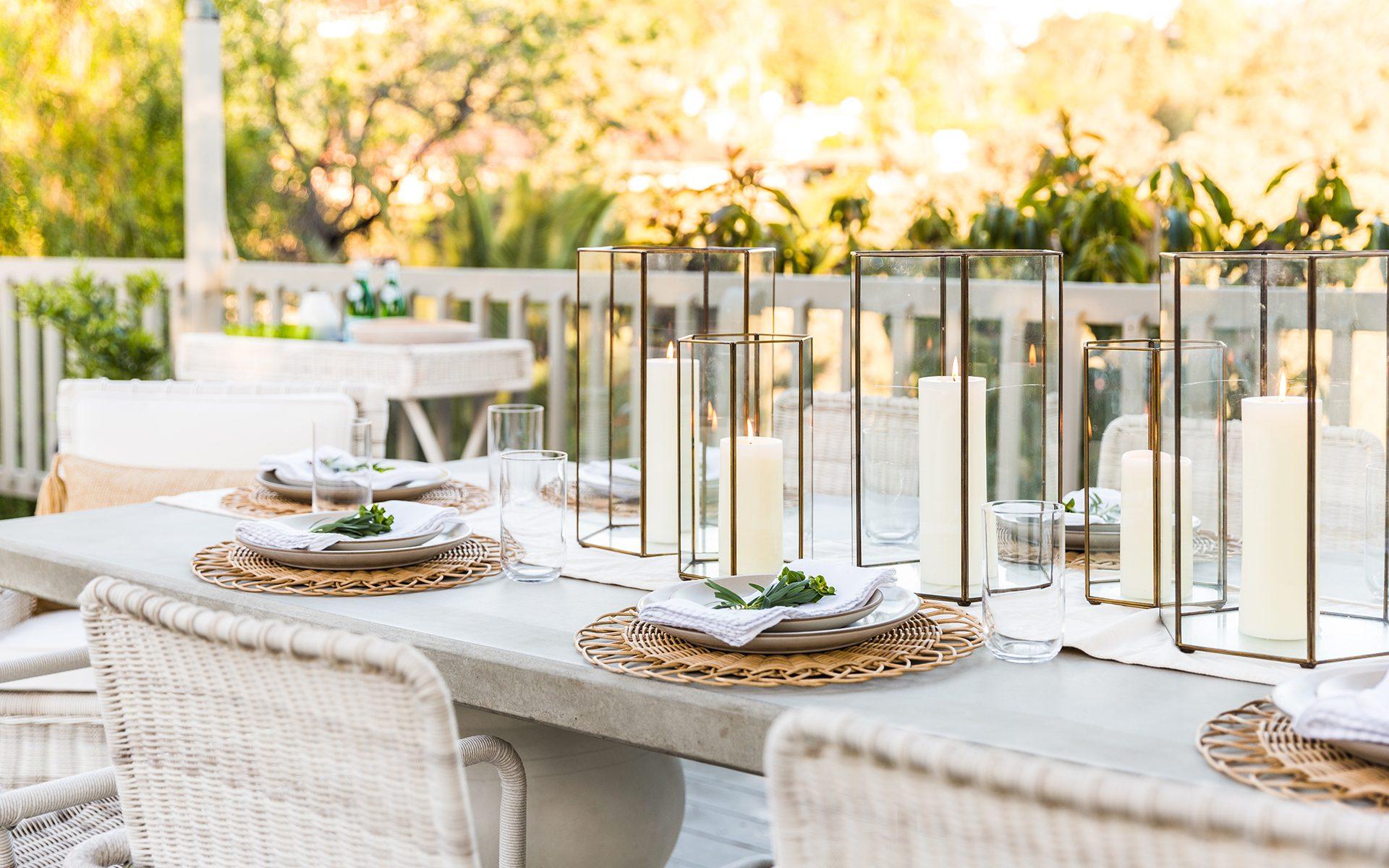
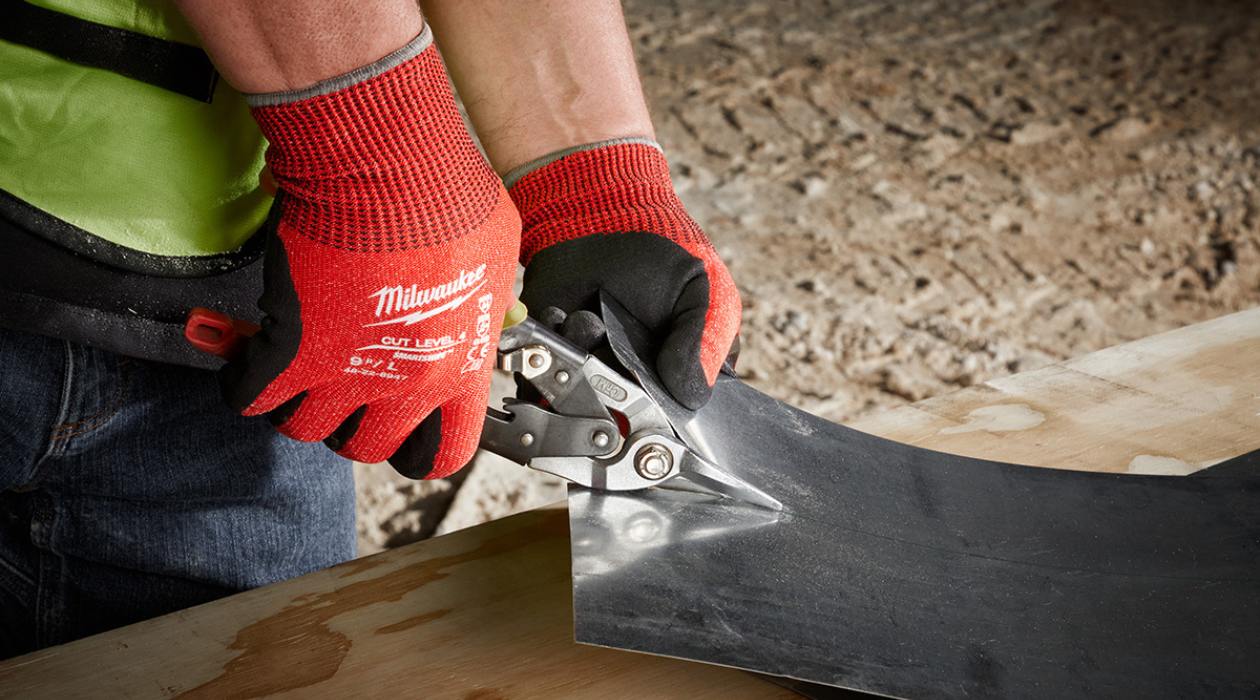


0 thoughts on “What Is The Delicate Setting On A Tumble Dryer? When To Use It?”